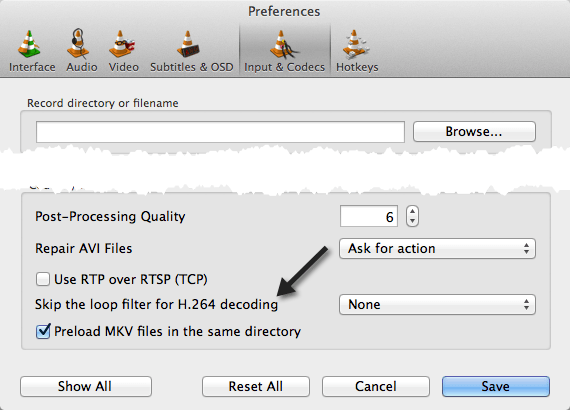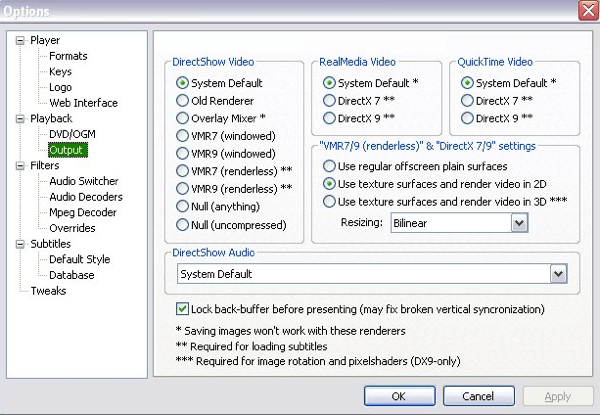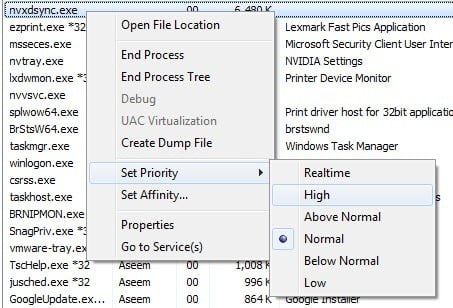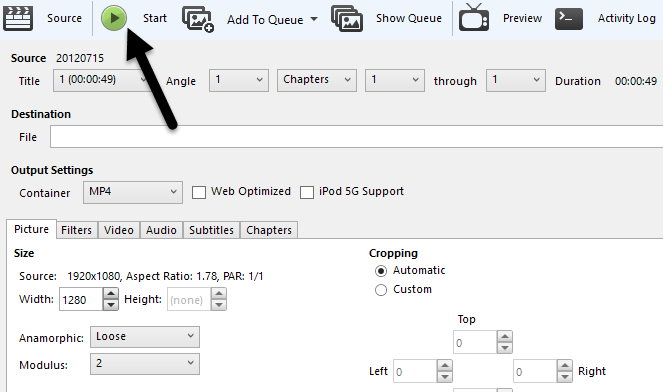I recently bought a Sony mirrorless camera that records full HD (1080p) at 60p and 4K at 24p. The video quality is awesome…if I could ever watch it!
I tried playing the videos on my MacBook Pro and there was a lot of lag and choppiness. Then I tried to play the videos on my Dell PC and it was even worse! I was so surprised that I could not play my HD videos on any of my computers!
Even more recently, I downloaded a 4K video from my iPhone onto my Windows 10 PC and it literally took 5 seconds for the video player to even load up, much less play smoothly.
When it comes to playing high-definition videos on your computer smoothly, you have to take into consideration both the software and the hardware. For example, no matter how hard you try, you could never get a Ford Focus to go 200 mph. It simply doesn’t have the engine or power to do it.
Same goes with computers. If you have a laptop or desktop that has an integrated graphics card, chances are you’ll never be able to play 1080p or 4K HD video without some lag or choppiness.
Why? Because it takes an a large amount of system resources to play high-definition videos. However, if you have a semi-decent video card with a reasonable amount of memory and at least a dual-core processor, there are ways to get your machine to play HD videos smoothly.
In this article, I’ll go through all the different methods you can try to get your system to play HD video smoothly. If you have figured out something else not mentioned here, feel free to post a comment and let us know!
File Location
Before I get into any technical stuff, the first thing you should check is the location of your video files. One reason the video was playing slowly on my Windows machine was because I had copied all the videos over to my NAS and was playing the files from there. For the fastest possible playback, you need to keep the files locally on the hard disk.
The only time it would be better not to use your hard drive is if you have one of those 5400 RPM drives. Then the hard drive could be a bottleneck. In those cases, the videos may lag because of the slow hard drive.
My suggestion would be to upgrade to at least a 7200 RPM drive. However, nowadays, it’s best to use a solid state drive, which is way faster than a traditional hard drive.
And if you simply can’t fit them on your computer, then they should be on an external drive that is connected to your computer with a fast connection like Thunderbolt, USB 3.0, Firewire 800, eSATA, etc. If you are connecting an external drive over USB 1.0/2.0, then your videos will lag no matter how fast your graphics card is!
System Resources
The second easy thing to do is to make sure that nothing else is using up resources on your computer. Since your CPU will be mostly utilized playing the HD file, it will lag if the CPU has to keep switching to another process on your system.
Close down all programs and shutdown any unnecessary startup programs that may be running in your taskbar, etc. Sometimes a fresh restart can help too. Once you have closed down as many programs as you can, then try to play the video.
Also, you can try changing the priority of the video player to High so that it gets more of the processor power.
I do not suggest changing it to real time as that can cause more problems than fixes. And just change the priority for the process of your video player, i.e. VLC, MPC-HC, etc.
You don’t need to do this if your computer has a dedicated graphics card. However, if you are using the GPU that is integrated with your CPU, then it can be helpful.
Convert to Another Format
If you don’t mind, you can also convert your videos to another format. For example, if your videos are all in AVCHD format, you can convert them to m2ts or a different format like MP4, etc.
You can keep the same high resolution, but playing certain formats is just plain easier and require less resources. Playing back AVCHD videos is very CPU intensive and requires a lot of decoding.
So if you have the time, you can try out a program like HandBrake for Windows and Mac and convert your videos to M4V and they will play just fine and still be HD.
Media Players, Codecs & Settings
The next thing to try is a different media player. My favorite for HD video playback is VLC Media Player. It has a lot of codecs and can handle quite a lot of formats.
You can also try other players like KMPlayer, but I have found VLC to be the best. Another lightweight player to try is MPC-HC as it supports GPU acceleration too.
One setting you can adjust in VLC Media Player is the post processing routine. If you go to Preferences or Settings in VLC and click on Input & Codecs, you’ll see an option called Skip the loop filter for H.264 decoding.

By default, it is set to None. You want to change this to All. Now try to play your 1080p videos and see if there is any lag. Hopefully not! This solution worked for me on my MacBook Pro. If that didn’t work for you, then keep reading!
If you’re using something like Media Player Classic, then you can try a different codec pack. For example, try uninstalling K-Lite Codec Pack if you have that and install the CCCP (Combined Community Codec Pack) instead.
Also with Media Player Classic, you can change the renderer and see if that helps. Go to Options – Playback – Output and choose a different one.

Video Card Drivers & Software
The second thing to check is your video card drivers and software. If you have a fairly good system with a video card that supports high-definition playback, but you’re getting significant lag when playing videos, it could simply be a problem with your driver or the settings being incorrect.
Let’s say you have an ATI Radeon HD card and you’re having the lag issue. You need to make sure you download ATI Catalyst software for your video card. This software controls all the HD aspects of your video card and until the software is installed, all of the features of the video card may not be enabled. For Nvidia cards, you need to download NVIDIA GeForce Experience and update the drivers.
I also suggest downloading and installing the full software package for your video card, not just the driver. A lot of times there is extra software that enables more advanced features on your video card, thereby allowing you to play high-definition videos.
Hardware Upgrades
If absolutely nothing else is working, it might be simply hardware that is not powerful enough. At the end of the day, playing back 1080p or 4K videos requires a decent amount of CPU and a decent graphics card.
If you have a very old system or a system that is even a couple of years old, it may be time to invest in a new machine or to upgrade the graphics card/memory/hard drive. With the super deals on desktops you can find these days, there really is no reason you shouldn’t be able to playback HD videos smoothly.
If you have any questions about this article or if you can’t get your video to playback smoothly when you think it should, post a comment here with your system specs, software, etc and we’ll try to help. Enjoy!



